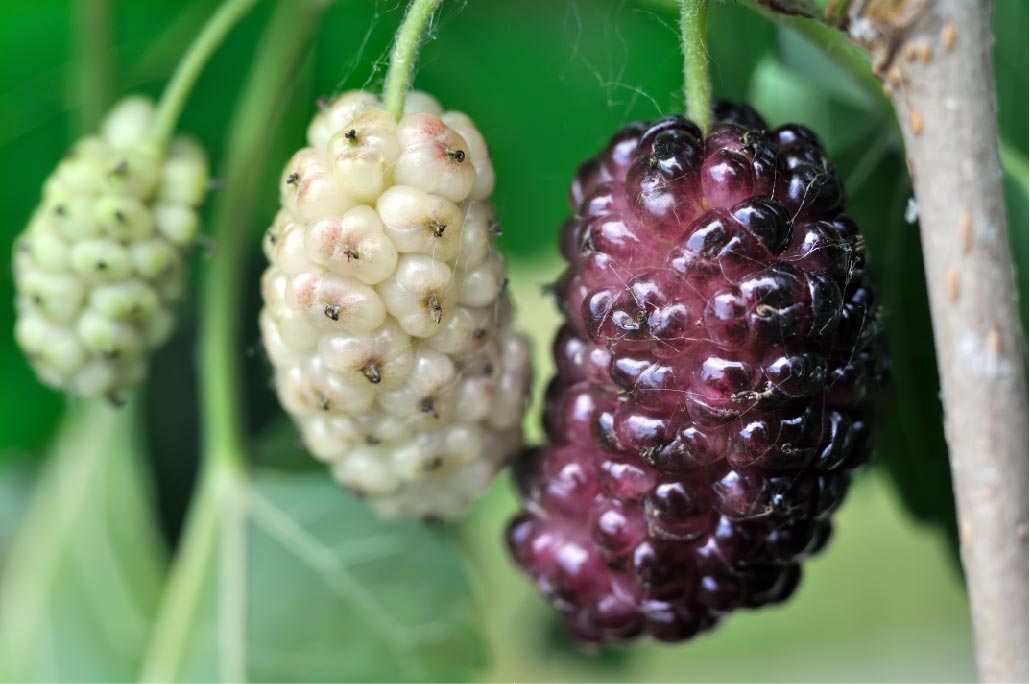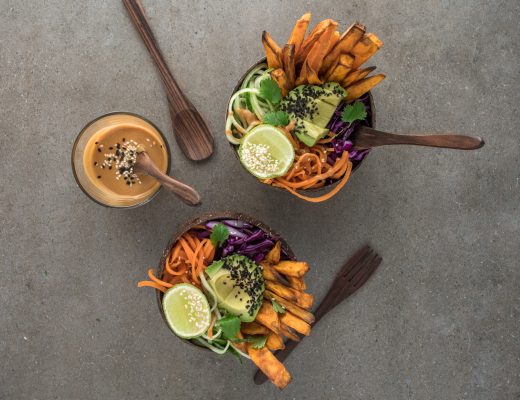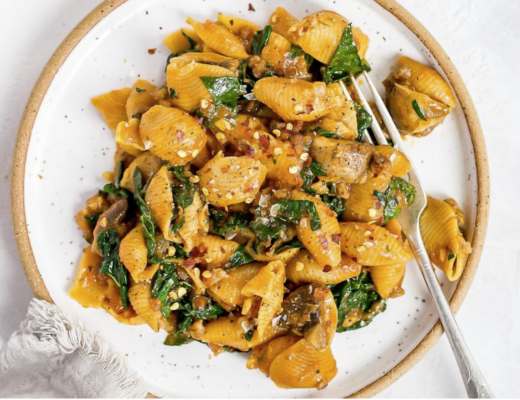I’ve lived in my house for three years and I just realized one of the trees growing over my backyard is a mulberry tree! Since dried mulberries at the store run anywhere from $10-$15, I’m pretty excited about an endless supply right in my yard. So go outside and take a look around at what’s growing in your yard. I bet there’s tons of nutritious free food! Take advantage of it 🙂 It’s foraging at it’s finest.
What is a weed? A plant whose virtues have not yet been discovered.
These tiny, purple/black berries look like tiny raspberries, but aren’t as tart. They fall easily from the tree when ripe. (The berries set on a white color, then darken through varying stages of pink, red, and finally purple/black when ready to eat.)
Harvest
Mulberries ripen over several weeks, starting in mid to late June, at least here in Maryland. There are many ways to pick the berries and I’m still learning. Obviously, my favorite is just picking the berries off the tree and eating them. But another, more thorough way is to lay an old blanked out underneath the tree and shake it’s branch, letting the ripe berries fall on the blanket below. Then, shake the berries to the center of the blanket and dump in a bucket. Each berry will have a small green stem that can be pinched off, but I just leave them on.
Nutritional
They provide a good source of Vitamin C, iron, and phytnutrients to boost your immune system, as well as carbohydrates to fuel your body. I like to eat them freshly picked right out of my hand, but when a large harvest is available, you can preserve them by canning mulberry jam, making wine, or dehydrating.
*Bonus, chickens love ’em!





